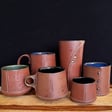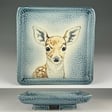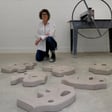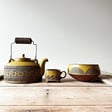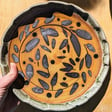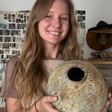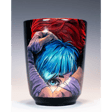
Finding Passion and Purpose in Pottery with Justin Kiene
In this episode of 'Shaping Your Pottery,' engages in a conversation with artist and potter Justin Kiene. Justin discusses the importance of creating art that one loves and how this passion shapes more intriguing and unique pieces. Justin shares his journey into pottery, starting from his dabbling in high school to rediscovering pottery through a local studio in Oakland. He also recounts his influential residency experiences in Puerto Rico and Denmark, which helped him rethink his artistic practice from the ground up. Keene delves into his creative process, particularly his fascination with slip trailing and microbiology-inspired designs. He emphasizes the significance of tactile and sensory elements in his work, as well as the impact of colors. The conversation also covers the business aspect of pottery, where Justin talks about his experience transitioning to a full-time potter and the role of social media. Throughout the episode, listeners are encouraged to make art from a place of passion, surround themselves with a diverse artistic community, and not let imposter syndrome hinder their creative journey. You can learn more about justin be checking out his instagram https://www.instagram.com/justinkiene/
Join The Shaping Your Pottery Newsletter By Clicking This Link shapingyourpottery.com/newsletter
For more episodes go to shapingyourpottery.com
00:00 Introduction and Newsletter Invitation 00:29 The Importance of Making What You Love 01:13 Justin's Journey into Pottery 02:53 Residency Experiences in Puerto Rico and Denmark 05:42 Rediscovering Pottery and Slip Trailing 10:35 Inspiration from Microbiology 13:09 Creating Sensorial Pottery 19:17 Becoming a Full-Time Potter 25:43 Finding and Developing Your Unique Voice 32:29 Final Thoughts and Contact Information

